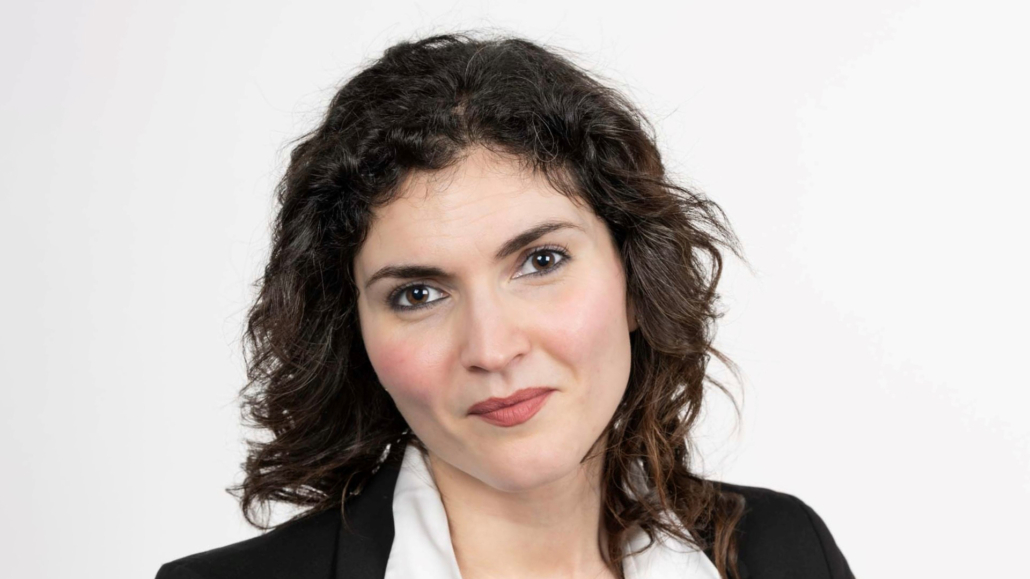Why Data Matters – 3 questions with our Head of Data
Barbara Alvarez Solanilla is TransiT’s Head of Data. We asked her why data matters to TransiT.
What data is TransiT collecting?
Decarbonising the UK’s transport system is a very dynamic and complex problem. So we need a surprisingly wide variety of data. This is because we’re dealing with a challenge that couples social, technological, economic and decarbonisation factors.
We use data relating to human behaviour, infrastructure, networks and services. This could include charging patterns for electric vehicles, rail timetable data and train performance data. We’ve got maritime and air freight data.
We use road freight data about vehicles and routes, and telemetry data – information from vehicle sensors that monitor factors like speed and fuel consumption.
Just as important is qualitative data that provides context. For example, interviews with transport companies and users about their challenges, priorities and impacts.
Barbara Alvarez Solanilla
We also look for data that’s publicly available, and this includes open-source data on electric vehicle charging points and UK street map views.
Carbon emissions from different modes of transport is another of our data searches. So we can compare, for example, the carbon emissions from truck and air freight deliveries.
Most of the data we collect is quantitative – so it’s about numbers. But just as important is qualitative data that provides context. For example, interviews with transport companies and users about their challenges, priorities and impacts.
We also use synthetic data. This is dummy data that’s been created to help train computer models and systems. Using synthetic data minimises risks – like using personal information from real people. It can also be used to provide volume when very large datasets are needed to train computer models.

Electric vehicle charging. Photo by Ernest Ojeh on Unsplash.
Why does TransiT need data?
TransiT is using digital twins to create a digital replica of the UK’s transport system that integrates road, rail, air and maritime transport modes. We can then use this to test different decarbonisation scenarios much more quickly, efficiently and affordably than in the real world. This is all done with data. The computer models, digital replicas and visualisations are all built with data.
And the more data we have, the more detailed a picture we can create. I compare it to a pointillist painting. When you look at the picture as a whole, you can see a field of sunflowers or a landscape of a city avenue. But as you get closer, you see it’s made up of thousands of dots. For me, those dots are data points, and the more we gather, the clearer and more detailed our picture will be, which in this case is our digital twin network.

DHL aircraft at East Midlands Airport. Photo by East Midlands Airport.
What’s your role as Head of Data?
My role as TransiT’s Head of Data is to ensure that we use the data in a secure, efficient and sustainable way.
Our data has to be secure from cyber-attacks, and malicious actors who could ruin our digital twin. Equally, we have to use our data efficiently. It’s not about having piles of data in a database somewhere. It’s about having the right processes and systems in place so the data can be easily accessed, processed and used.
Using data sustainably means being conscious of data’s own carbon footprint. The computation required to run large‑scale simulations consumes energy. We need to remain conscious of that balance, ensuring the benefits of data‑driven decarbonisation outweigh the costs of processing power.
In practice, my role involves putting in place the building blocks to make all this happen. These include a data strategy, which governs how we collect, use and store data – and how it aligns with our strategic vision and mission. Data management is another key pillar, and is about the practicalities of how we work with data throughout its life cycle. Data governance is about making sure we use data responsibly. And then there’s data infrastructure, which is all these component pieces slotted together, so every piece of data is handled robustly and consistently.
I see it a bit like being the conductor of an orchestra. I’m co-ordinating all the different elements related to data, so we make beautiful music at the end – rather than just noise!



